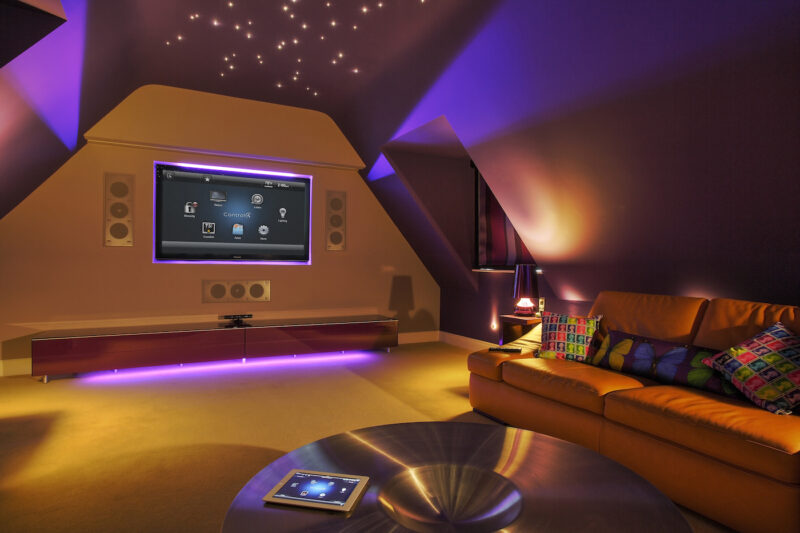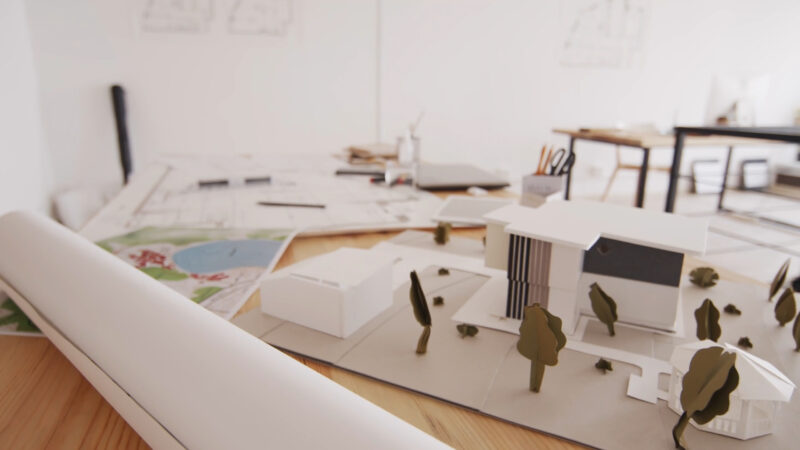Home design isn’t following the old script in 2025. There’s a new rhythm, and it’s unapologetically personal. The trends this year are rooted in raw textures, sculptural function, and emotional atmosphere. As someone who constantly scrolls design feeds, walks real homes, and obsesses over finishes, I can tell you—we’re leaving behind surface-level style. People want substance now.
Key Highlights
- Organic textures are front and center across every surface
- Home offices prioritize beauty, not just task efficiency
- Smart tech blends into walls and furniture instead of standing out
- Natural stone and raw wood replace synthetic alternatives
- Ceilings take on bold roles in room storytelling
- Sustainability influences design choices from the foundation up
1. Design today mirrors how people actually live

Homes now breathe, move, and feel in a completely new way. There’s less styling for Instagram and more building around what feels intuitive. Daily life drives layout. Energy use affects material choices. Even floorplans are being reworked for flow, not square footage.
If you’re in the middle of building or renovating, get help that supports both the practical and creative sides of your project. With assistant construction solutions, you can manage the technical workload—permits, revisions, timelines—without losing focus on the design vision. It’s the kind of backup that helps you avoid costly mistakes and actually enjoy the process.
2. Natural stone everywhere—but not the way you expect
Stone is no longer an accent—it’s a statement. Entire rooms now revolve around bold, veined slabs of marble, quartzite, or travertine. In 2025, stone isn’t being polished into perfection either. Honed and leathered finishes offer a matte, raw elegance that adds depth and age to new spaces.
The key trend is scale. Designers are stretching slabs floor to ceiling, wrapping fireplaces, or even building full-height headboards in bold stone. Paired with simple materials like concrete or oak, stone turns quiet rooms into grounded sanctuaries. It carries weight, literally and visually, which is exactly what people crave in a world filled with disposable everything.
3. The luxury of imperfect wood
Hardwood is getting rougher—and that’s a good thing. Glossy finishes are fading fast, replaced by hand-brushed oak, reclaimed beams, and walnut left in its natural state. Instead of hiding the knots or sanding down every uneven edge, 2025 design brings those textures forward.
It’s not just about aesthetics. People want tactile experiences in their homes. A soft rug underfoot is nice, but a hand-hewn table with visible history? That makes a space feel soulful. The trend is shifting toward finishes that show life, not erase it. Wide planks, raw edges, and oil-sealed floors are dominating flooring choices, built-ins, and custom furniture alike.
4. Moody rooms with emotional lighting

Lighting has become a design language all its own. Forget one big fixture in the center of the room. Homes now use multiple layers of light to guide your eyes and shape your mood.
- LED strips are tucked into wall niches, under cabinets, behind mirrors, and along shelves
- Ambient lighting defines spaces and changes the energy of a room without moving furniture
- Dimmable sconces create warmth in bedrooms and reading corners, replacing harsh overhead light
- Staircases and hallways use backlighting to become sculptural, not just functional
The trend leans toward quiet luxury. The result is subtle but powerful—it changes how your home feels after sunset. Spaces soften. Edges blur. You notice the room more with less light, not more.
5. Ceilings finally getting attention
Ceilings are no longer invisible. Designers are using them as a canvas for creativity. We’re seeing tongue-and-groove wood, Venetian plaster finishes, floating beams, and even soft-toned color blocking. In smaller spaces, a darker ceiling adds contrast and intimacy. In larger homes, it defines areas without using walls.
Texture on the ceiling draws the eye upward and balances a space visually. It adds drama without cluttering the floor. Whether it’s a recessed LED strip around the perimeter or a slatted ceiling above the dining table, the ceiling has finally entered the conversation—and it’s not leaving.
6. Functional minimalism, not visual minimalism
Forget the cold, sterile minimalism of years past. In 2025, minimalism hides complexity beneath simplicity. Clean doesn’t mean empty—it means efficient, intentional, and quietly clever.
- Seamless cabinetry blends into walls and hides clutter effortlessly
- Built-in charging stations keep tech out of sight but always accessible
- Pocket doors disappear to open up space without breaking the aesthetic
- Multi-use furniture like coffee tables with hidden storage serve more than one purpose
- Hidden workspaces reveal full desks or utility areas behind what looks like simple paneling
- Integrated shelving built into staircases or walls replaces bulky furniture
This is minimalism designed for how people really live. Every inch is working. The home stays calm and open—but underneath, it’s doing far more than it shows.
7. Nature doesn’t sit outside anymore

Nature is no longer something we “bring in” through a few potted plants. It’s fully integrated. Homes now include skylights in showers, garden courtyards in the middle of floorplans, and stone paths that start indoors and extend to outdoor decks.
Materials play a key role. Rattan, jute, rough linen, and clay tile are favored over plastics or glossy composites. Walls are painted in mossy greens, dusty taupe, or the soft gray of river rock. Water features, even subtle ones, are gaining popularity for their sensory effect—calming, cooling, grounding.
8. Quiet luxury over loud design
The old trend of maximalism is quieting down. Not disappearing, just maturing. 2025 interiors are filled with touchable fabrics, sculptural forms, and a less-is-more approach to color. Neutrals dominate—but they’re complex. Think warm beige with pink undertones, not cold grays or flat whites.
Statement pieces still exist, but they’re intentional and rare. A vintage lamp. A hand-carved chair. A silk wallpaper behind the headboard. Nothing feels accidental. It’s about taste, not flash. The goal? Spaces that feel timeless, not trendy.
Design in 2025 is more personal—and more permanent
The days of disposable décor are over. What’s trending now is durability, intention, and emotional resonance. Homes don’t just house us—they reflect how we want to feel every day. That means choosing finishes with soul, layouts that flow naturally, and materials that age with grace.
If you’re starting a renovation or even just updating a room, slow down and listen. Don’t ask what’s trending—ask what makes you feel rooted. That answer will last longer than any trend cycle. And honestly? That’s the real point of design in 2025.

